What You Can Find in the Atwater Kent Collection's New Online Portal
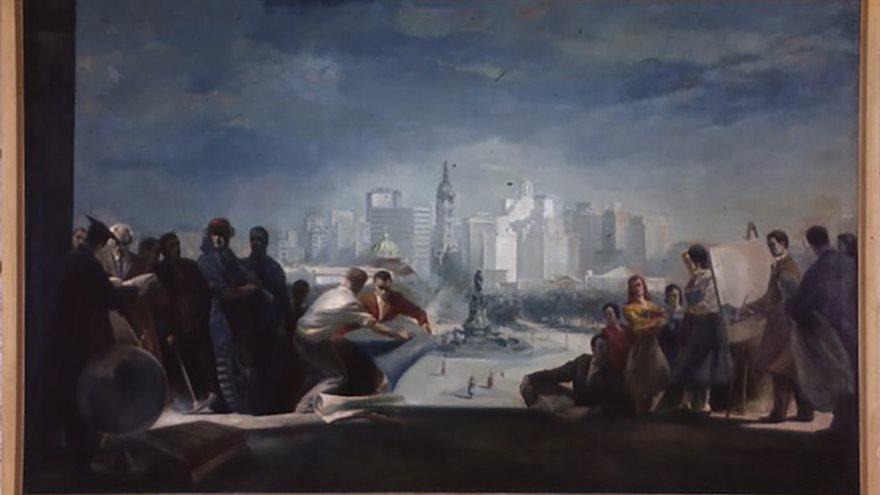
"Philadelphia of Tomorrow," painted by artist Harry Gricevics in 1952. The artwork depicts the view of Philadelphia from the Philadelphia Museum of Art steps with various artists in the foreground. Credit: Atwater Kent Collection at Drexel.
How much did Philadelphians pay for alcohol and tobacco in the spring of 1909? Who commissioned art showing the enormous view from the Philadelphia Museum of Art produced two decades before “Rocky” hit the silver screen?
Those answers — and many others — can be found in the Atwater Kent Collection at Drexel University, which comprises more than 130,000 objects from the former Philadelphia History Museum. As trustee of the collection, Drexel is building a “museum without walls” to preserve and highlight the history of Philadelphia and America.
To this end, Drexel recently launched an Accessible Online Collection showing more than 1,000 objects. Now, for the first time ever, a sampling of those objects is available virtually to the public. The number of online objects will grow monthly, so check back regularly to see what’s new (old)!
The creation of the Accessible Online Collection marks an important milestone in a yearslong initiative to preserve, catalog, photograph and share artifacts and materials. After the museum closure in 2018, Page Talbott, PhD, director of museum outreach in Drexel’s Lenfest Center for Cultural Partnerships, and Stacey Swigart, director of the Atwater Kent Collection, began working on records and data reorganization as well as creating a plan to determine categories and logistics for inventory and evaluation. Talbott has examined all the organizational paper records related to the collections — accession documents, research papers and catalog (object file) information, to name a few. The information was reviewed with the addition of research on the various materials in the collection. Swigart did the same for all the digital records. Digital work has included creating and updating standards and protocols, and editing and adding historical data as required — over 20,000,000 data edits and counting since the start of the project! The work from both paper and digital work led to the overall plan of inventory and evaluation of the physical objects and archives in the collection.
For Drexel faculty and professional staff, these objects cover hundreds of years and disciplines, and can be used as visual and historical references in classes and research related to the history of their disciplines and their place in Philadelphia history. For students, the collection can be used for research papers and projects, all while they absorb important historical context for the city in which they live and study. And for everyone, the collection is now accessible in ways it’s never been, for personal enjoyment and learning.
Have a question about the collection, or ways you can use it in your classes or research? Feel free to reach out to Stacey Swigart at sas639@drexel.edu. Please note that the Atwater Kent Collection is currently unpacking and inventorying from a recent move to Center City. Physical access by appointment will be available later this year.
Swigart and Talbott compiled just a few of many examples from the Atwater Kent Collection available through the Accessible Collection Online that relate to Drexel’s academic offerings (and its own University history). They know better than anyone that the collection is so rich that there is no limit to the questions and research it can support. Dig in and see what this resource uncovers for you!
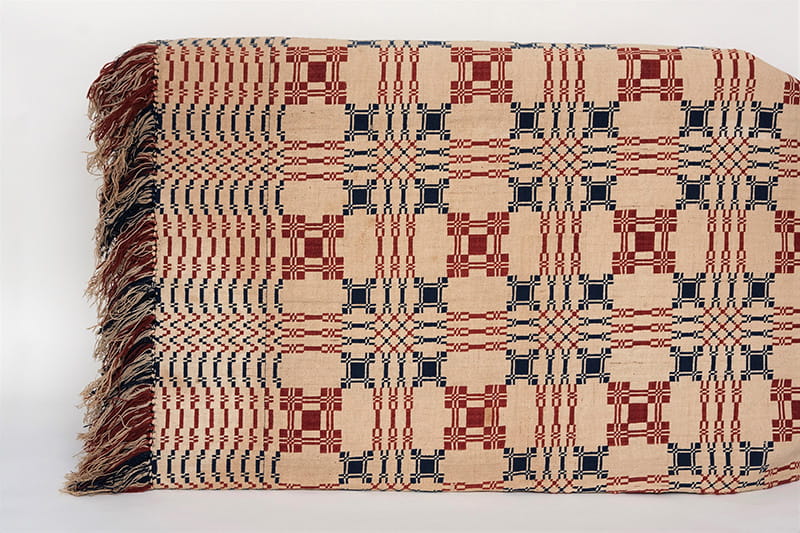
A coverlet given to Passmore Williams. Credit: Historical Society of Pennsylvania / Atwater Kent Collection at Drexel.
History of Philadelphia
- A coverlet (circa 1830–1850) given to Passmore Williamson, an abolitionist imprisoned for helping an enslaved woman, Jane Johnson, and her children gain their freedom from slavery.
- A stone distance marker (circa 1759) noting seven miles to Philadelphia. It was later found during street construction in the Frankford section of Philadelphia.
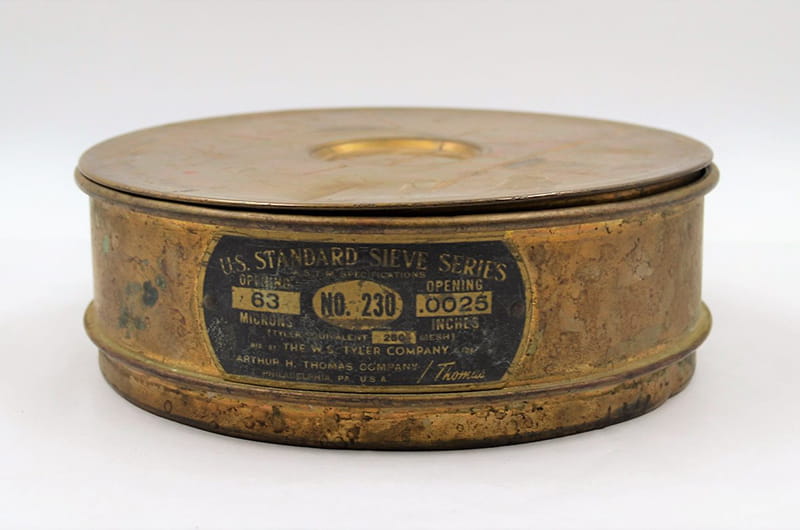
A sieve Drexel Dragons would have used about 70 years ago. Credit: Atwater Kent Collection at Drexel.
Engineering
- A sieve (circa 1950) originally used by chemical and biological engineering departments at Drexel University (can you imagine?!).
- A model of the Centre Square pump house (circa 1820), which was the first municipal waterworks in Philadelphia and used to stand where today's City Hall is located.
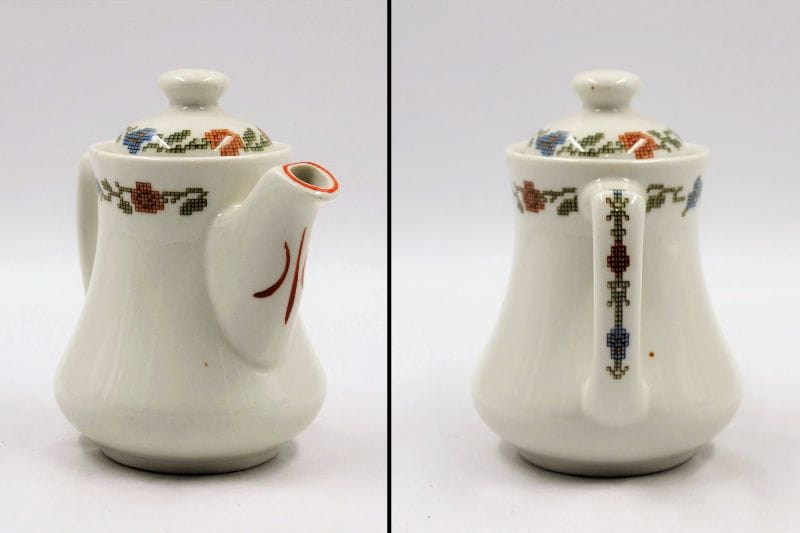
Front and back views of the teapot. Credit: Atwater Kent Collection at Drexel.
Food
- A 20th century ceramic teapot from Whitman's Retail Store on Chestnut Street in (Do you recognize the pattern from the Whitman’s Samplers of assorted chocolates?)
- A water storage container (circa 1940) with the inscription "Survival Supplies Furnished by Office of Civil Defense/Department of Defense."

An employee bathroom sign from the mid-20th century. Credit: Atwater Kent Collection at Drexel.
Business
- A painted metal sign (circa 1950) originally posted in the employee bathroom of Miller, Bain, Beyer & Co., which sold linens and textiles “For Hospitals, Motels, Hotels, Institutions and Industrial Plants.”
- A paper case (circa 1850) likely used to transport business papers of ship broker John H. Barnes.

The balance was a gift from Dan Ve Luu, who used it at Drexel University. Credit: Atwater Kent Collection at Drexel.
Technology
- A wooden box (circa 1850) containing a Westphal Specific Gravity Balance, a scientific instrument used for measuring specific gravity.
- A 1906 Leeds & Northrup Decade Testing Set device for measuring resistance.

The "Cupping & Leeching by J.P. Fischer" card. Credit: Atwater Kent Collection at Drexel.
Medicine
- A trade card (circa 1870) for a doctor advertising leeches for sale and "Cupping & Leeching by J.P. Fischer."
- An 1858 glass medicine bottle containing potassium nitrate, which in the early 20th century was used to treat diseased conditions including asthma.
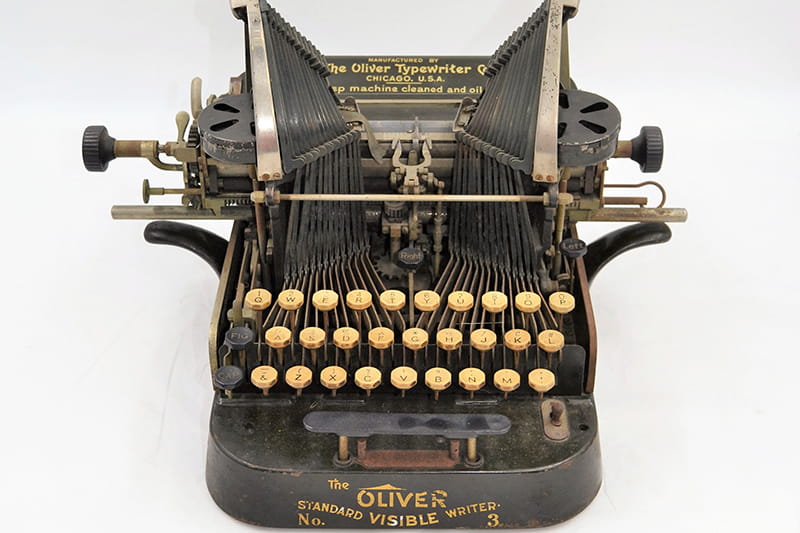
Public Health
- A typewriter (circa 1900) from the Medical Examiners Office for the City of Philadelphia.
- A 1945 photograph of a Red Cross nurse spoon-feeding a child patient.

The 1960s fashion hat. Credit: Atwater Kent Collection at Drexel.
Fashion
- A sage green velvet pillbox hat (circa 1960) designed by Lauralou Courtney Bates, BS home economics '46, MS '48, who was one of the first women to receive a master's fellowship at Drexel.
- A print advertisement (circa 1909) for Jacob Reed's Wholesale Clothing Establishment, located at 513 Market St. in Philadelphia.
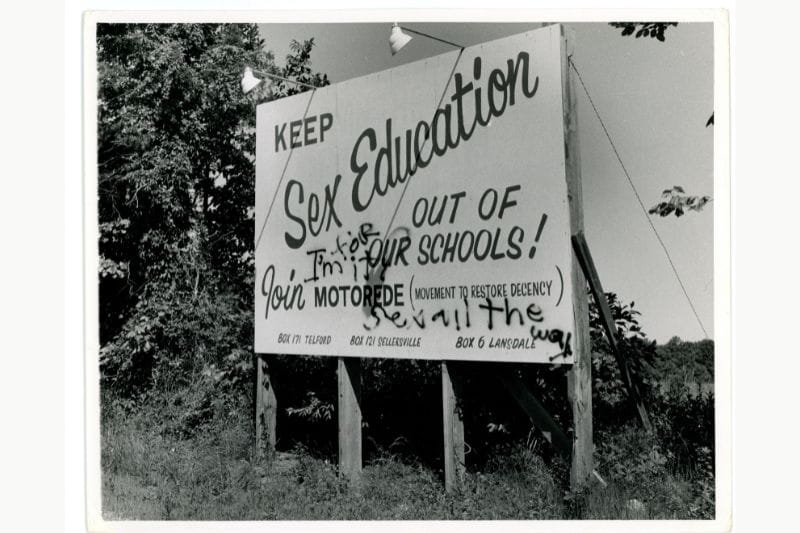
The photograph of the sign from the Movement to Restore Decency. Credit: Atwater Kent Collection at Drexel.
Education
- A photograph (circa 1980) of a sign advocating to "Keep Sex Education Out Of Our Schools" with a message spray-painted over the sign reading, "I'm for it sex all the way."
- A 1923 metal button for the 75th anniversary of the Philadelphia High School for Girls.

Sports
- A scale (circa 1920) used for weighing prizefighters Jack Dempsey and Gene Tunney in the World Heavyweight Title Contest, which was fought in Philadelphia in 1926 during the celebration of the U.S. Sesquicentennia
- The 1916 rulebook for "Athletic and Recreative Activities of the Public Schools of Philadelphia Pa."
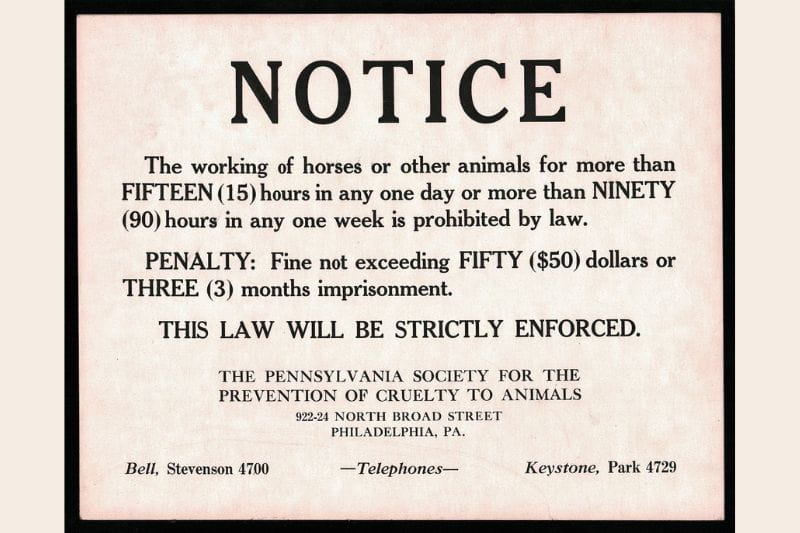
Law
- An undated poster noting that the working of horses or other animals for more than 15 hours a day or 90 hours a week was prohibited by law and subject to a $50 fine.
- A 1926 search warrant for John Wagner & Sons to look for liquor during Prohibition.
In This Article
Drexel News is produced by
University Marketing and Communications.

